Subject
- #K-Content
- #August
- #Domestic Travel
- #20-second video
- #KBS News Plaza
Created: 2024-08-23
Created: 2024-08-23 15:23
Even though the 'Chuseok' (the 24th solar term) has passed, when it is said that even mosquitoes' mouths are twisted, the intensity of the heat shows no signs of stopping.
They say next year will be even hotter. What are we going to do? 😱
This week'sKBS News Plaza video for the 4th week of Augustfeatures places that stand out for people to enjoy summer vacations indoors, escaping the heat.
I've been to caves and aquariums before, and they are recommended courses for summer.
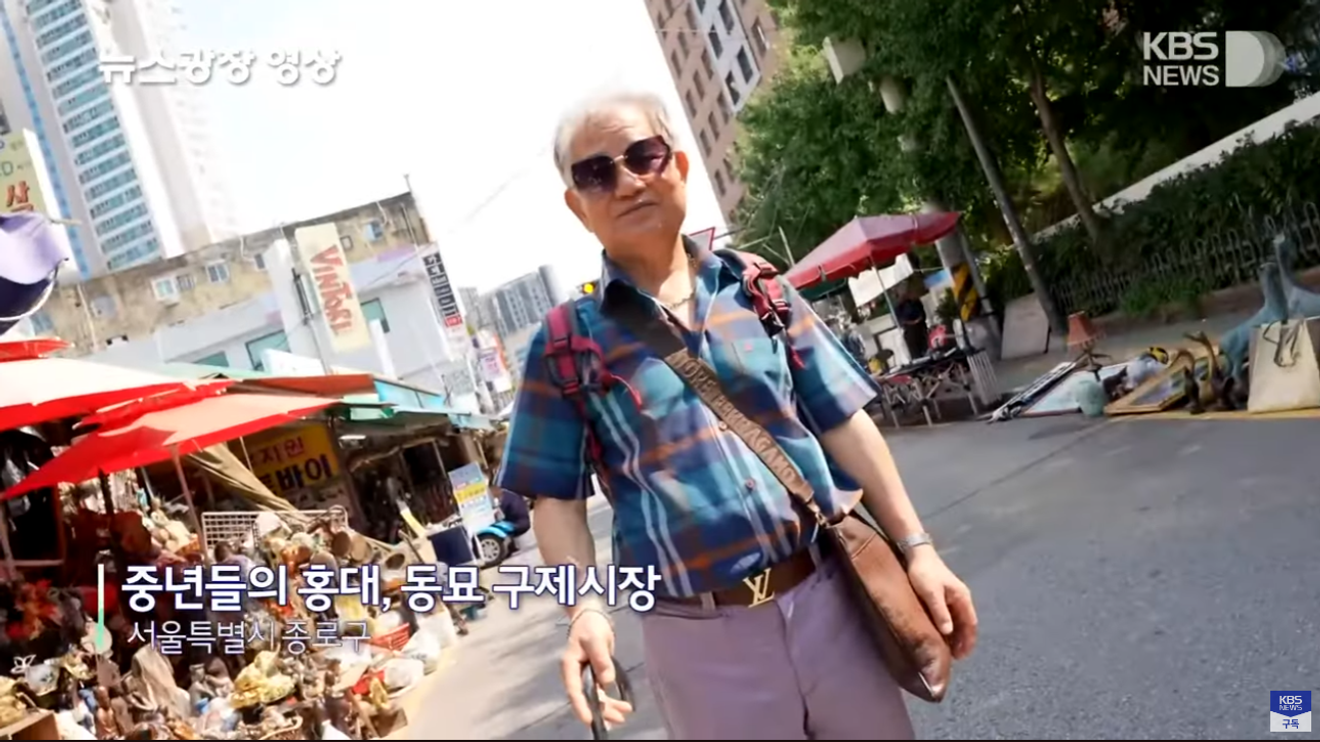
Source: KBS
Address: 102-8, Sungin-dong, Jongno-gu, Seoul
The Dongmyo Flea Market emerged in the late 1980s, and although its reputation is well-known, its scale has shrunk considerably.
However, it remains a famous spot where all sorts of rare items gather.
It encompasses a wide range of products, from clothing, shoes, and wallets to watches, electronic goods, old books, and even movie posters.
The items here are incredibly cheap, almost to the point of feeling like they're free.
Surprisingly, used clothing is the most popular item at the Dongmyo Flea Market.
Merchants typically purchase clothes collected from apartment complex recycling bins under yearly contracts.
Most clothes are priced around 1,000 won, but fur or leather items can cost around 10,000 won, and luxury brands can even reach 100,000 won.
The afternoon of a holiday, when around 250 street vendors set up their stalls, is the best time for shopping.
It's partially open on weekdays and operates throughout the day on weekends.
It's a 5-minute walk from Exit 3 of Dongmyo Station on Subway Line 1.
(Source: Korea Tourism Organization)
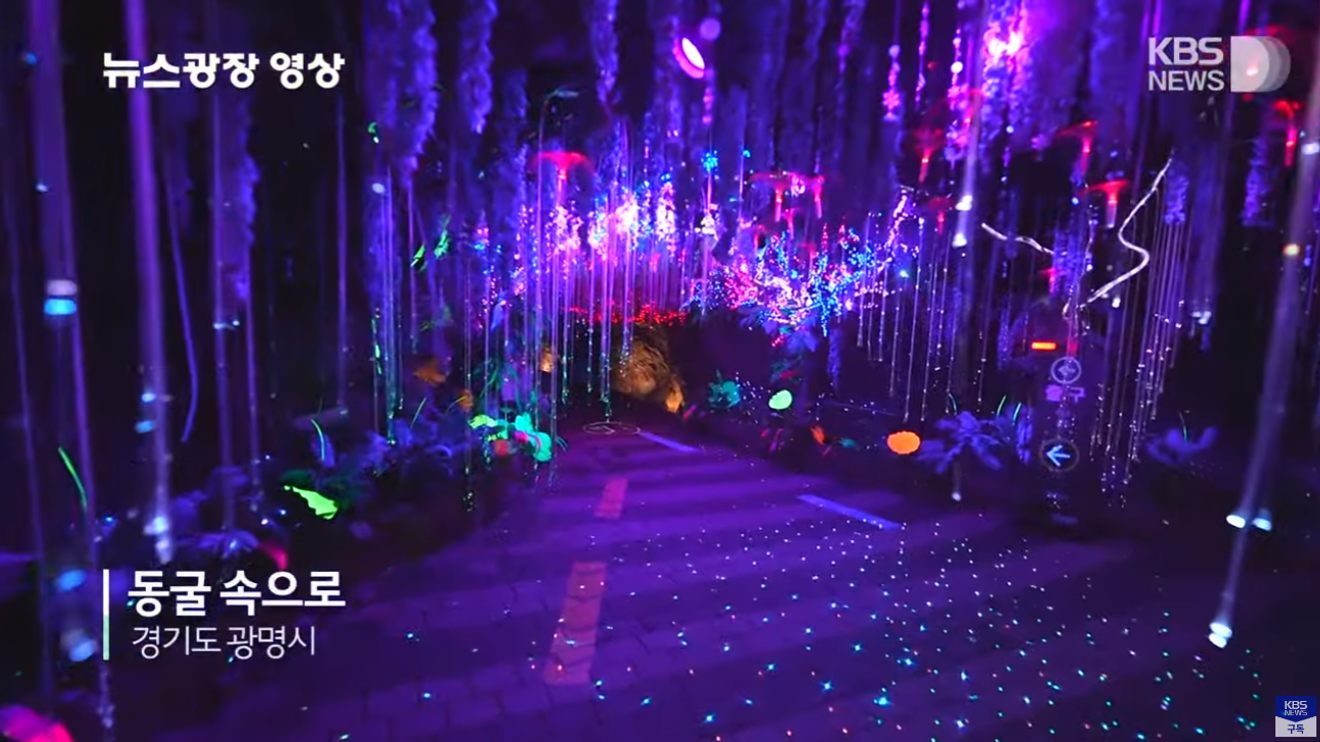
Source: KBS
Gwangmyeong Cave (formerly known as Siheung Mine), which was developed by the Japanese during the colonial period in 1912 for resource exploitation,
is an industrial heritage site that preserves the scars of forced labor and exploitation during the Japanese colonial era and the traces of modernization and industrialization after liberation.
After being closed in 1972 and lying dormant for over 40 years as a salted shrimp storage facility, Gwangmyeong Cave was purchased by Gwangmyeong City in 2011 and
transformed into a historical and cultural tourist destination.
It is considered the best cave theme park in South Korea, attracting over 1 million tourists annually,
achieving a miraculous turnaround of a closed mine that has amazed the world. (Source: Gwangmyeong Cave website)
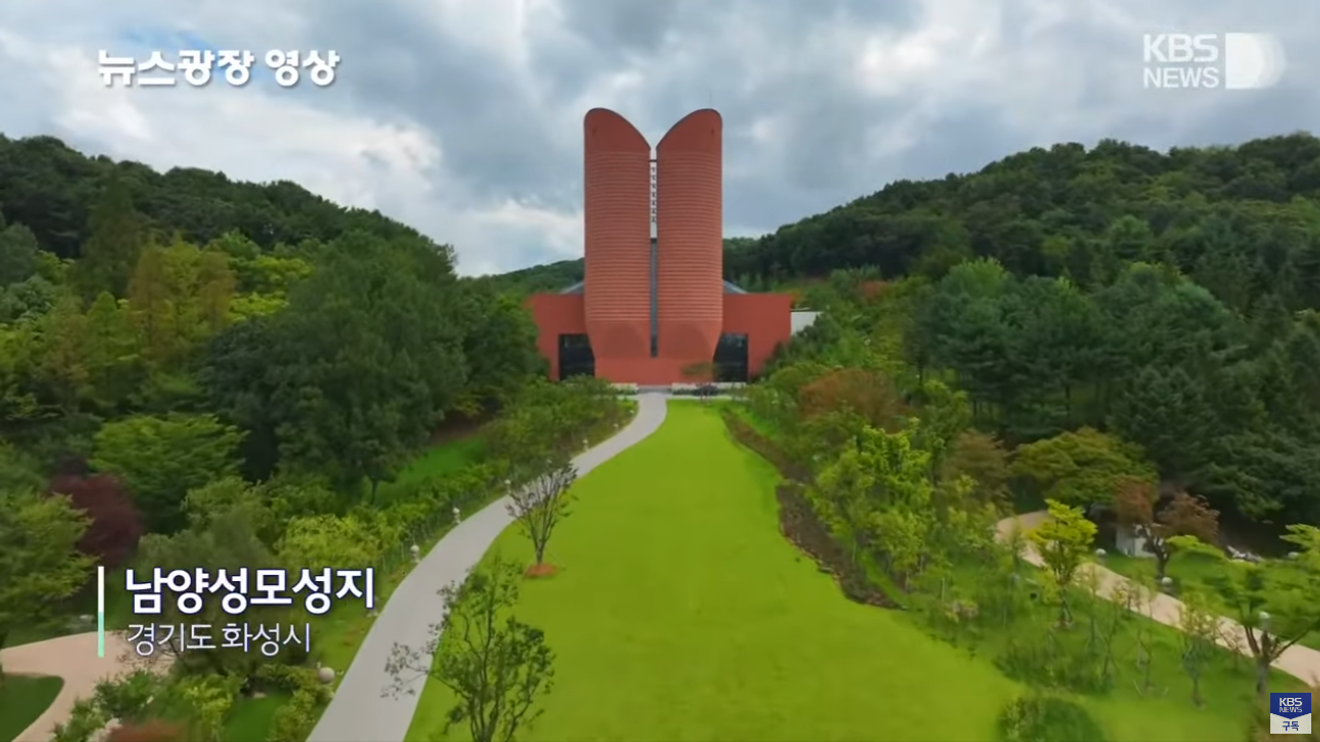
Source: KBS
The Namyang Mary's Pilgrimage Site is a site of anonymous martyrs who shed their blood during the persecution of Catholics in the year of Byeonin (1866).
Many Catholics were martyred here, and the records of Namyang martyrs are found in the 'Chimyeilgi' (致命日記, Record of Martyrdom) and testimony records.
The Namyang martyrs were only four people: Kim Philipbo and Park Maria couple from Naepo, Chungcheong-do, Jeong Philipbo from Deotokgol, Yongin, and Kim Hongseo Thomas from Geolmaeri, Suwon.
Unlike other martyrdom sites, the Namyang Martyrdom Site was a place where anonymous martyrs were killed.
It was neglected for a long time, and its sanctification began in 1983.
Since then, it has been nurtured with small contributions amidst numerous difficulties, and the Namyang Martyrdom Site was
dedicated to the Blessed Virgin Mary on October 7, 1991, the feast of the Holy Rosary,
and officially declared as a Marian pilgrimage site for the first time in the history of the Catholic Church in Korea.
It is a beautifully maintained place, designated as one of the eight scenic spots of Hwaseong-si and promoted by the city.
(Source: Korea Tourism Organization)
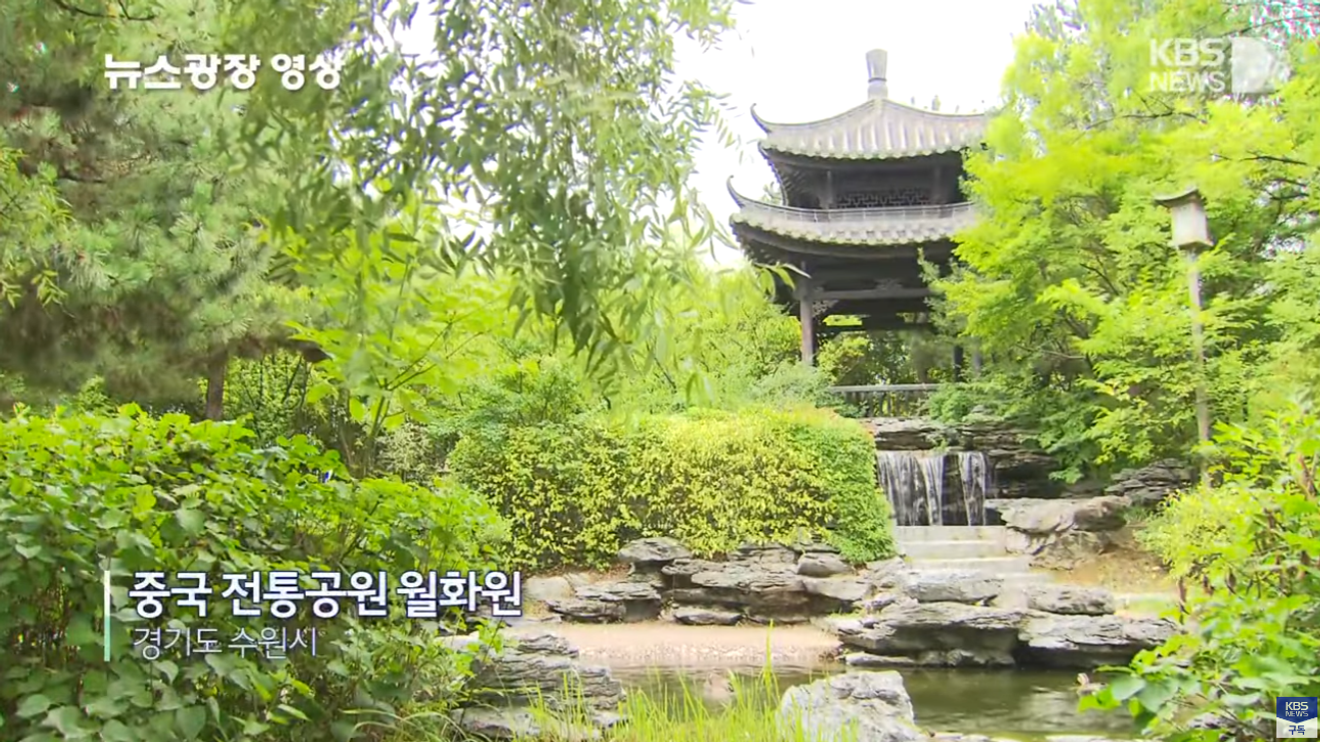
Source: KBS
Wolhwa Garden is a Chinese-style garden built on the west side of Hyowon Park by Guangdong Province, China.
It was designed to harmonize buildings and gardens, reflecting the characteristics of traditional Guangdong gardens.
As part of the 'Agreement on the Implementation of the Promotion of Friendly Exchanges and Development' signed between Gyeonggi-do and Guangdong Province in October 2003,
it was agreed to build traditional gardens of Korea and China in each other's cities.
Construction began on June 15, 2005, and it opened on April 17, 2006.
Similar to the Yingnan Garden, a traditional garden in Guangdong Province, the garden allows for a clear view of the surrounding landscape from the windows of the buildings,
with artificial hills made of piled-up earth in the rear garden and an artificial lake.
An artificial waterfall was also created around the lake, and a pavilion modeled after a boat was erected.
The buildings, decorated with Chinese poems and writings, follow the traditional architectural style of Guangdong Province, using white powder to connect blue bricks and wood.
The roof joints are constructed using wood, bricks, and lime pieces.
This garden, built by about 80 Chinese workers who came to Korea in June 2005, covers an area of 6,026㎡ (1,820 pyeong), with Guangdong Province bearing the 3.4 billion won construction cost.
In accordance with the agreement signed in October 2003, Gyeonggi-do also built the Haedong Gyeonggiwon within the Wenshou Park in Guangzhou, Guangdong Province.
The Haedong Gyeonggiwon, which opened in December 2005, is modeled after Soswaewon, a traditional Korean garden located in Damyang-gun, Jeollanam-do.
(Source: Korea Tourism Organization)
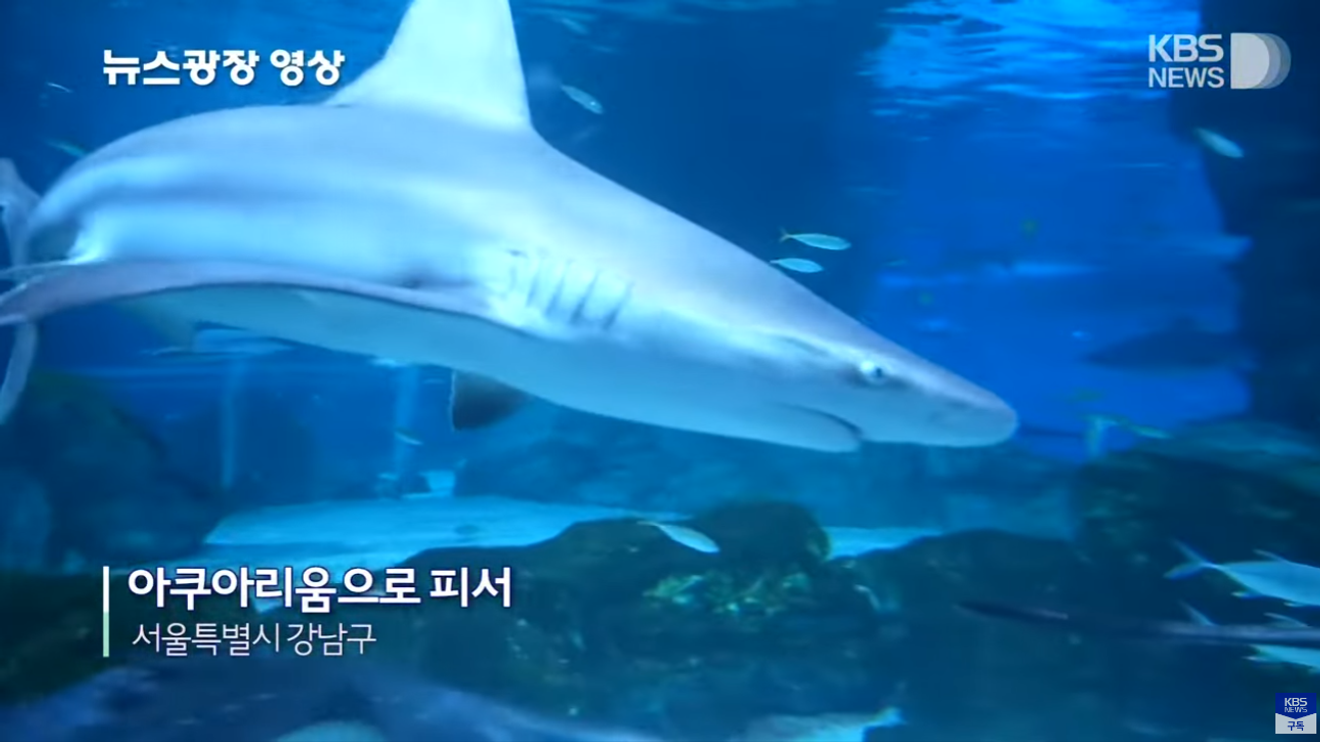
Source: KBS
You can encounter marine life in 13 diverse themed zones that replicate the world's five oceans.
(Source: Korea Tourism Organization)
Comments0